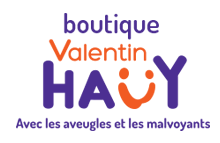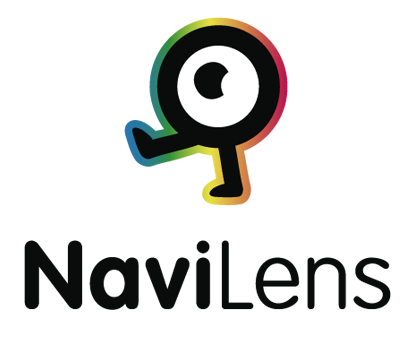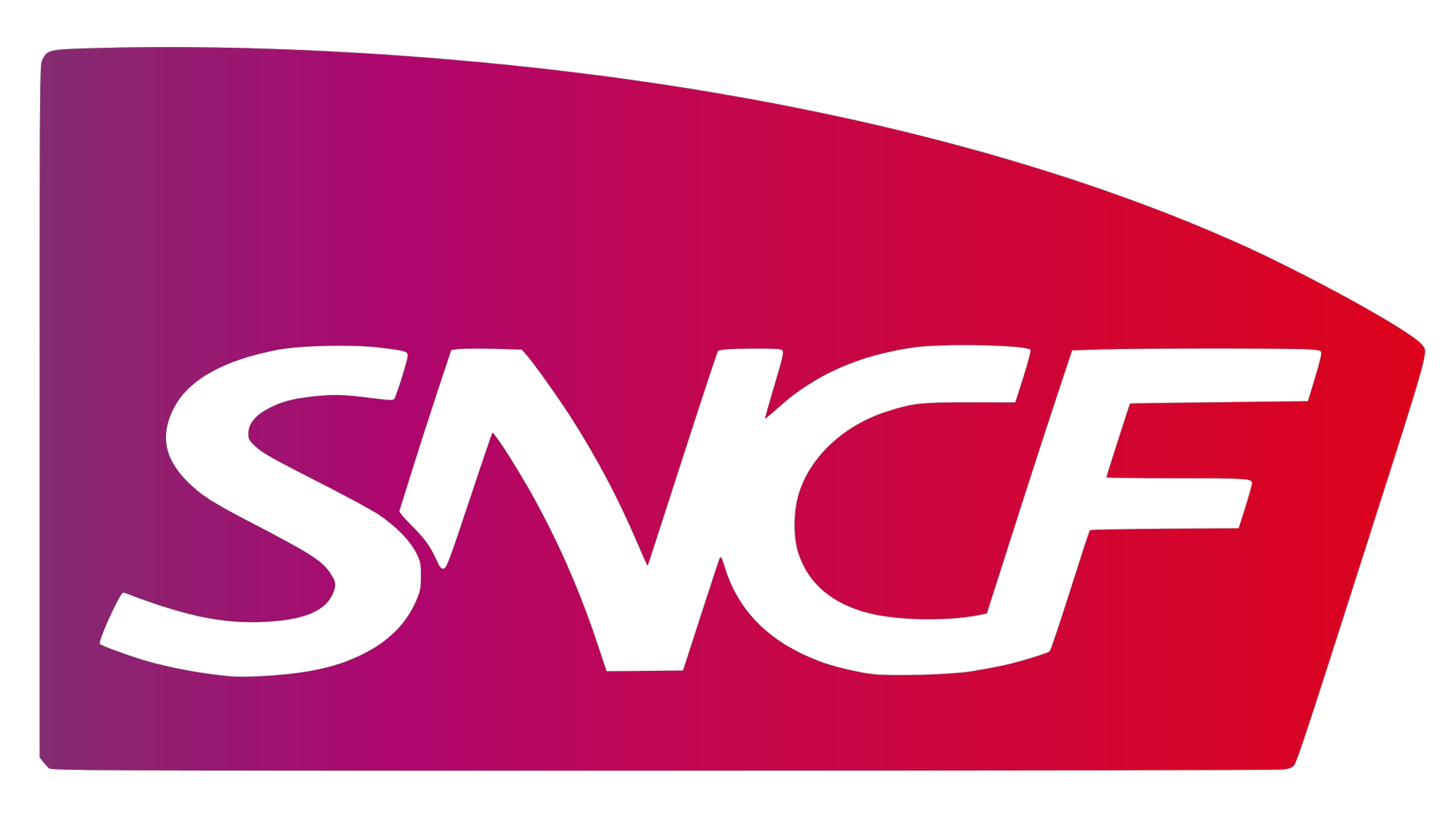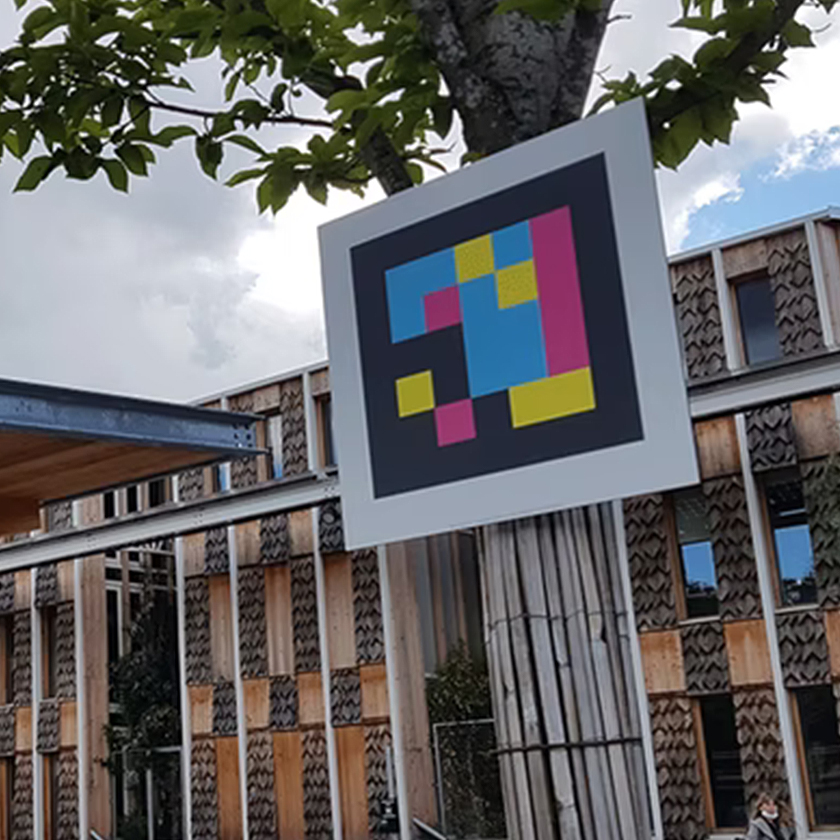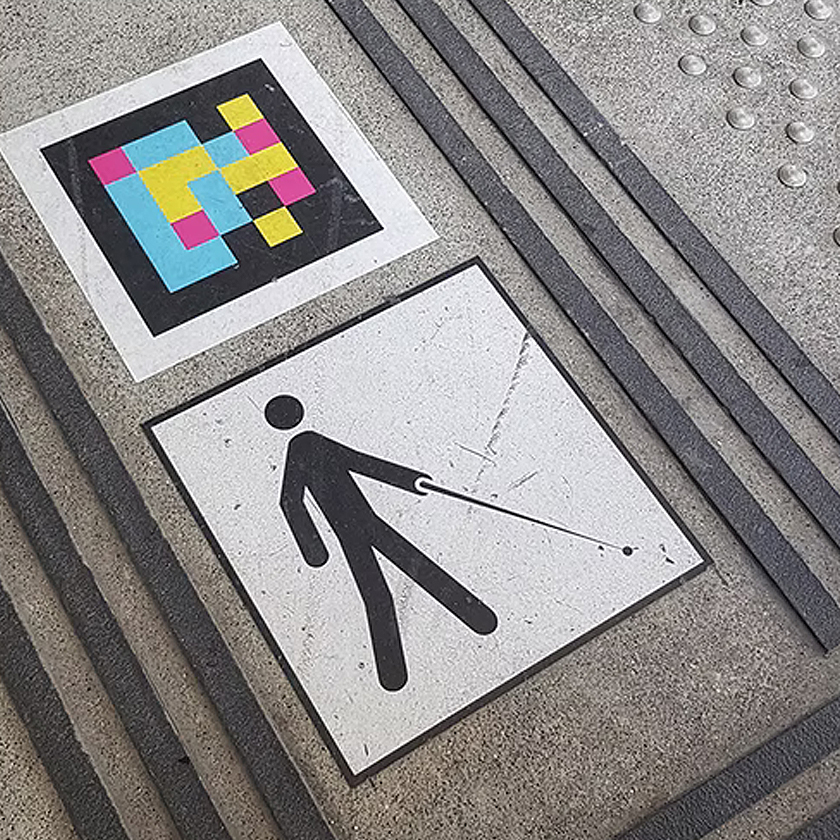Context: accessible transit, a top priority for Keolis
France has 1.7 million visually impaired people, including 207,000 blind people. Two-thirds of these people live in large urban areas and most have trouble using public transit. Comprehensive passenger information would facilitate transit for this group, such as knowing exactly how to make transfers or the location of obstacles, temporary construction areas and out-of-service elevators.
Since improving everyday mobility for its passengers is one of its key missions, Keolis is tackling this issue head-on by analyzing every potential problem area and proposing ways to improve accessible transit. Since most visually impaired people have a smartphone, digital solutions are the preferred option.
